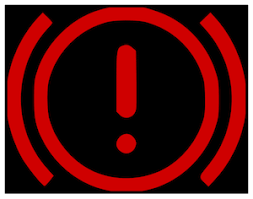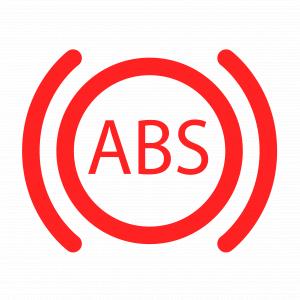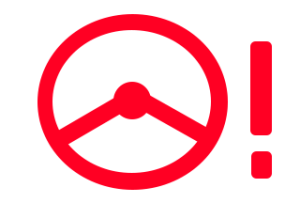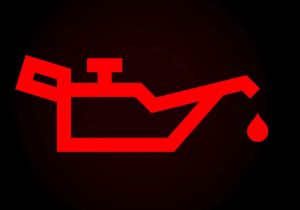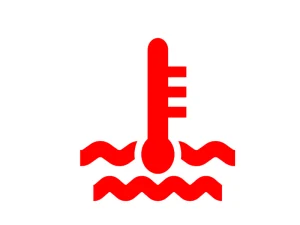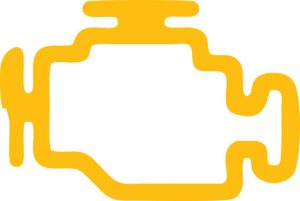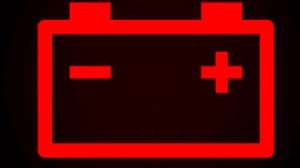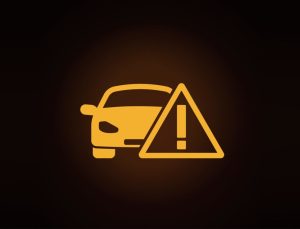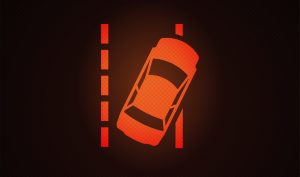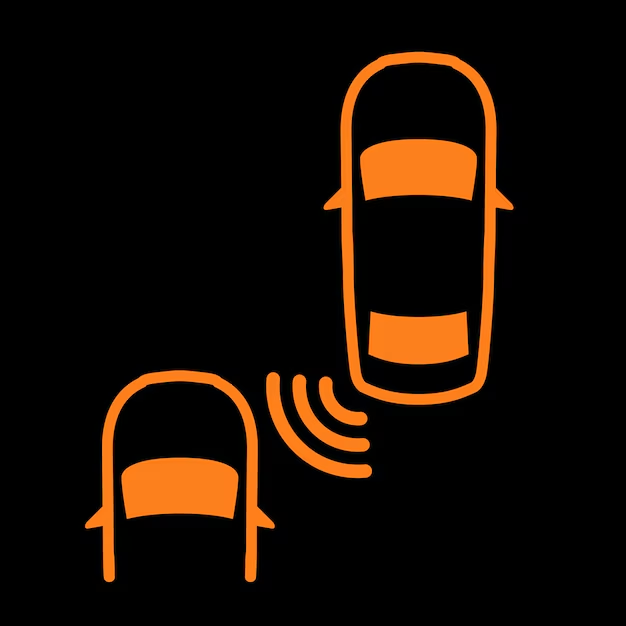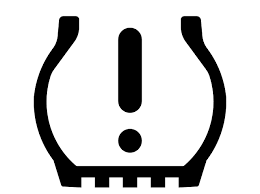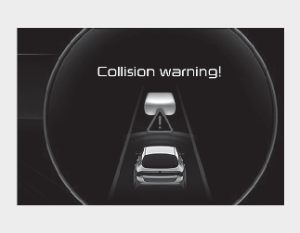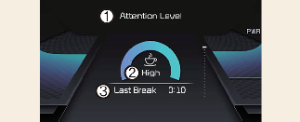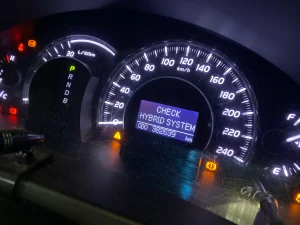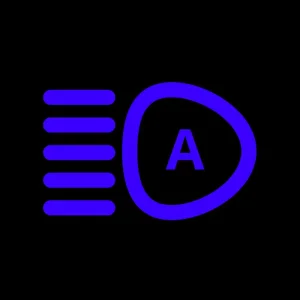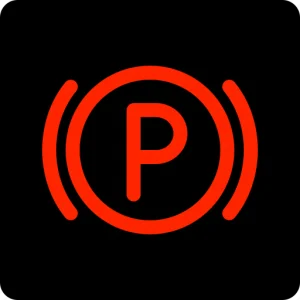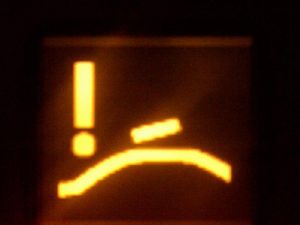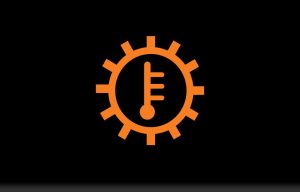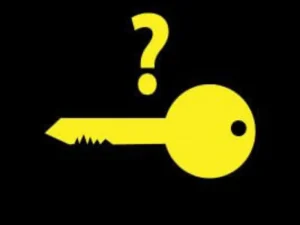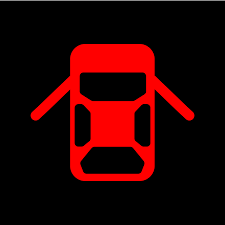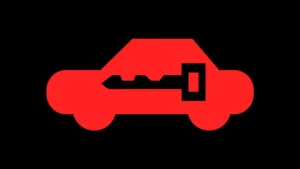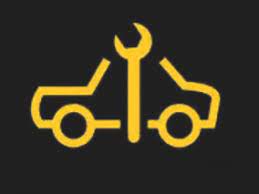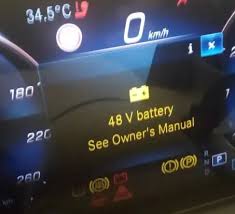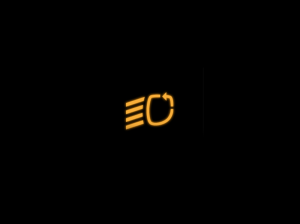You’re not alone if you’ve ever been behind the wheel of your Mazda 2 and been startled by a mysterious warning light on your dashboard – in fact, a staggering 70% of drivers have experienced this exact scenario. But what do these lights really mean, and how can you respond to guarantee your safety on the road?
From brake system warnings to electrical system notifications, numerous alerts can appear on your dashboard, each requiring prompt attention to prevent potential issues. As you navigate the complexities of your Mazda 2’s warning system, you’ll want to know what’s at stake – and what you can do to stay in control and certify your well-being.
Quick Navigation
Braking and Stability Warnings
When driving your Mazda 2, it’s essential to be aware of the various dashboard warning lights that indicate potential issues with your vehicle’s braking and stability systems.
Brake System Warning Light
These lights can alert you to Brake Failure, which may cause unstable braking, or Stability Issues, which can affect your vehicle’s overall performance. The Brake System Warning Light illuminates when the parking brake is applied or brake fluid level is low.
ABS Warning Light
The ABS Warning Light indicates an Anti-lock Braking System malfunction, which may cause wheel locking during hard braking.
Power Steering Warning Light
The Power Steering Warning Light signals a fault in the power steering system or overheating.
If any of these lights come on, take action promptly to guarantee your safety on the road and certify that you’re protected from harm.
Engine and Performance Alerts
As you drive your Mazda 2, it’s essential to keep an eye on the dashboard warning lights that monitor your vehicle’s engine and performance.
Engine Oil Warning Light
The Engine Oil Warning Light will illuminate if your oil level is low or oil pressure is low, which can lead to Oil Leaks if not addressed.
Overheating Engine Warning Light
The Overheating Engine Warning Light will come on if your engine coolant is too high, indicating Engine Overheating.
Check Engine Warning Light
If you see the Check Engine Warning Light, it may indicate an electrical system or emission control system fault.
i-ELOOP Warning Light
The i-ELOOP Warning Light will illuminate if there’s a problem with the regenerative braking system, which can affect fuel economy and exhaust gas emissions.
If any of these lights come on, take immediate action to avoid further damage to your vehicle.
Electrical System Notifications
Your Mazda 2’s electrical system plays a vital role in ensuring your vehicle runs smoothly, and it’s just as essential to monitor the dashboard warning lights that alert you to any potential issues.
Battery Charge Warning Light
One pivotal light to watch out for is the Battery Charge Warning Light, which indicates a generator/alternator charging system malfunction. This could be due to battery faults or alternator issues.
Master Warning Light
Additionally, the Master Warning Light may illuminate, indicating faults in the battery management system, brake switch, or engine hydraulic control.
If you see this light, pull over, switch off the engine, and contact a Mazda workshop. Check for messages on the information display and contact a Mazda workshop if you see this light.
Safety Feature Malfunctions
Modern safety features in your Mazda 2 are designed to provide an added layer of protection on the road, but like any complex system, they can occasionally malfunction.
Lane Departure Warning Light
If your Lane Departure Warning Light comes on, it may indicate a problem with the lane departure system. Verify the camera is clear of obstruction and check for worn road markings.
Blind Spot Monitor Warning Light
Likewise, if your Blind Spot Monitor Warning Light illuminates, check the sensors on the rear bumper for obstruction.
Don’t ignore these warnings, as they can compromise your safety on the road. Addressing these issues promptly will help you stay safe and guarantee your Mazda 2’s advanced safety features function properly.
Common Warning Light Meanings
You’re likely familiar with the array of warning lights on your Mazda 2’s dashboard, but do you know what each one means?
Understanding dashboard symbols and warning light meanings is vital for safe and efficient driving.
Brake System Warning Light
The Brake System Warning Light, for instance, indicates low brake fluid level or parking brake application.
Engine Oil Warning Light
The Engine Oil Warning Light signals low oil level or pressure.
Check Engine Warning Light
while the Check Engine Warning Light indicates electrical system or emission control system faults.
Tyre Pressure Warning Light
The Tyre Pressure Warning Light alerts you to low tyre pressure or system malfunctions.
Familiarize yourself with these symbols to address issues promptly and maintain your vehicle’s peak performance.
Maintenance and Repair Reminders
The Mazda 2’s dashboard warning lights are designed to alert you to potential issues before they become major problems.
Spanner / Wrench Warning Light
One vital aspect of maintaining your vehicle’s health is adhering to scheduled maintenance. The Spanner / Wrench Warning Light reminds you when it’s time for routine checks, ensuring your Mazda 2 stays in top condition.
Additionally, service reminders will notify you when specific components, like the fuel filter, need attention. By following these maintenance schedules, you’ll avoid more costly repairs down the line. Stay on top of your Mazda 2’s maintenance needs, and it’ll reward you with years of reliable performance.
Dashboard Warning Light Guide
As you get behind the wheel, it’s essential to recognize the various dashboard warning lights that illuminate to alert you of potential issues in your Mazda 2.
Familiarize yourself with the dashboard symbols and warning light meanings to guarantee your safety on the road.
Grouped into five categories – Braking and Stability Warnings, Engine and Performance Warnings, Electrical System Warnings, Safety Feature Warnings, and Miscellaneous Warnings and Maintenance – these lights alert you to problems such as brake system malfunctions, engine oil issues, and airbag faults.
Understanding these warnings enables you to take prompt action, preventing potential hazards and minimizing repair costs. Take the time to learn what each symbol means and stay safe on the road.
Warning Lights and Solutions
When your Mazda 2’s dashboard warning lights illuminate, it’s essential to identify the issue promptly and take corrective action to guarantee your safety on the road.
You must know how to interpret these warning lights to address the problem effectively. Warning Light Interpretation is pivotal in Car Maintenance Essentials.
Brake System Warning Light
For instance, if the Brake System Warning Light comes on, check the parking brake and brake fluid level, and have the brake system serviced if necessary.
Engine Oil Warning Light
If the Engine Oil Warning Light appears, pull over, switch off the engine, and check the oil level.
Tyre Pressure Warning Light
In a comparable manner, if the Tyre Pressure Warning Light illuminates, stop as soon as possible and check all four tyres.
Mazda 2 Error Codes Explained
Your Mazda 2’s onboard computer system generates error codes to help diagnose issues with your vehicle.
These codes provide valuable information about the problem, allowing you to take corrective action quickly. When an error code appears, it’s essential to decipher its meaning to address the issue promptly.
Error explanations are pivotal in understanding the root cause of the problem, and code deciphering is a fundamental skill to have.
Understanding Your Dashboard Lights
The dashboard of your Mazda 2 is equipped with a range of warning lights that alert you to potential issues with your vehicle’s systems.
These dashboard symbols are designed to grab your attention, verifying you take immediate action to prevent damage or guarantee your safety.
When an illuminated dashboard light appears, don’t ignore it – take a moment to identify the symbol and refer to your owner’s manual or the information display for guidance.
Understanding what each light represents is vital, as it can indicate issues with your brakes, engine, electrical system, or safety features. Stay informed, stay safe, and address these warnings promptly to keep your Mazda 2 running smoothly.
Advanced Safety System Warnings
Forward Collision Warning Light
This amber car-with-stars symbol indicates a malfunction in Mazda’s Smart City Brake Support system. When functioning properly, it provides visual/audible alerts when approaching obstacles too quickly. Clean the front radar sensor behind the grille if obstructed. Persistent warnings require professional diagnosis to restore collision avoidance capabilities.
Driver Attention Alert Warning
This yellow coffee cup symbol appears when the system detects drowsy driving patterns. It recommends taking a break through audible alerts and dashboard messages. The system monitors steering inputs and driving behavior to determine fatigue levels for enhanced safety.
Hybrid System Alerts (for Hybrid Models)
Hybrid Battery Warning Light
This red triangle-with-battery symbol indicates critical high-voltage battery faults. The vehicle may enter reduced power mode. Never attempt DIY repairs – the 300V system carries lethal current. Immediately reduce speed and contact a Mazda hybrid specialist to prevent battery damage.
EV Mode Warning Light
This green EV-with-exclamation symbol appears when the electric drive system malfunctions. The vehicle may restrict electric-only operation. Common causes include battery temperature extremes or charging system faults requiring professional diagnosis.
Lighting System Warnings
Automatic High Beam Warning
This blue headlight-with-A symbol indicates faults in the auto high beam assist. The system reverts to manual control when malfunctioning, typically due to dirty windshield cameras or electrical issues. Clean sensors carefully to restore functionality.
Daytime Running Light Warning
This amber headlight symbol signals faults in the DRL system. While not critical for driving, it reduces visibility to other motorists. Often caused by bulb failures or wiring issues in the dedicated DRL circuits.
Additional Driver Assistance Warnings
Traffic Sign Recognition Warning
This yellow sign symbol appears when the road sign detection system is unavailable. Typically occurs when cameras are obstructed by heavy rain, fog, or dirt. Clean the windshield camera area to restore functionality.
Smart Brake Support Warning
This amber car-with-exclamation symbol indicates temporary deactivation of automatic emergency braking. The system may disable in extreme weather or when sensors are blocked. Clean radar sensors and check for diagnostic codes.
Additional Warning Lights
Electric Parking Brake Warning
This red P-with-exclamation symbol indicates faults in the EPB system. The parking brake may not engage/disengage properly. Avoid parking on steep inclines until repaired. Common causes include switch failures or actuator issues.
Tire Pressure Sensor Warning
This yellow TPMS-with-exclamation symbol appears when the tire pressure monitoring sensors malfunction. The system won’t provide low pressure alerts until repaired. Have sensors diagnosed at your next service.
Key Fob Battery Warning
This yellow key-with-bolt symbol indicates low battery in your smart key. Replace the CR2032 battery promptly to maintain keyless entry and push-button start functionality.
Panoramic Roof Warning
This amber sunroof symbol signals roof or sunblind malfunctions. The anti-trap protection may activate repeatedly. Requires motor replacement or system reset by qualified technicians.
Remember these key points about warning light colors:
- Red: Immediate attention required (safety critical)
- Yellow/Amber: Service needed soon
- Green/Blue: System status information
Additional Warning Lights
Airbag Warning Light
This red person-with-airbag symbol indicates a fault in the supplemental restraint system. Airbags may not deploy properly in a collision. Requires immediate professional diagnosis to ensure proper safety system function.
Transmission Temperature Warning
This red thermometer-in-gear symbol appears when transmission fluid is overheating, often during heavy towing or mountain driving. Stop immediately to prevent transmission damage and allow the system to cool.
Key Not Detected Warning
This amber key symbol appears when the vehicle can’t detect the smart key. Try placing the fob in the emergency start position or replace the key battery if needed.
Washer Fluid Warning Light
This yellow windshield symbol illuminates when washer fluid levels are low. During winter months, use a fluid with antifreeze properties to prevent freezing in the reservoir.
Door Ajar Warning Light
This red vehicle outline with open door symbol appears when any door, hood or trunk isn’t properly closed while driving. It serves as an important safety reminder.
Security System Warning
This red key symbol flashes when the vehicle’s anti-theft system is armed. Continuous illumination indicates an immobilizer system fault that may prevent starting.
Service Due Indicator
This wrench symbol appears when scheduled maintenance is required. The display indicates whether minor (A) or major (B) service is needed based on mileage and condition monitoring.
Fuel Cap Warning Light
This yellow gas pump symbol appears if the fuel filler cap is loose or missing. A loose cap can trigger the check engine light and affect emissions system performance.
48V Mild Hybrid Warning
For mild hybrid models, this amber battery symbol indicates faults in the 48V electrical system. The vehicle may disable start/stop function until repaired.
Adaptive Headlight Warning
This blue headlight-with-A symbol indicates faults in the automatic beam adjustment system. Headlights will remain in fixed position until serviced.
When looking at Mazda, make sure to check out our guides on models like the Mazda 3, Mazda CX-5, Mazda CX-30, and Mazda BT-50. Understanding dashboard warning lights is essential. Our expert reviews break down what each light means, highlighting common alerts for these models and what they could signal about underlying issues, so you’re never left guessing behind the wheel.
Always consult your owner’s manual when warning lights appear and seek professional diagnosis for persistent warnings to maintain your Mazda 2’s performance, safety and longevity. The vehicle’s advanced diagnostic systems provide detailed fault codes that help technicians quickly identify and resolve issues.

